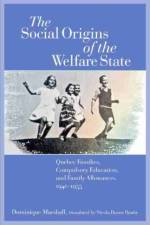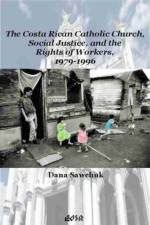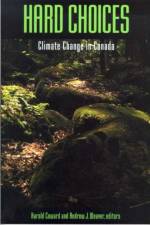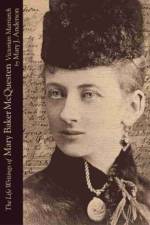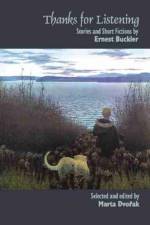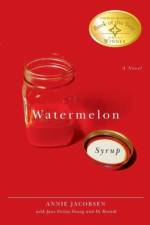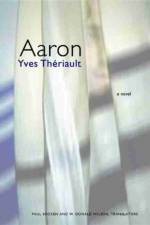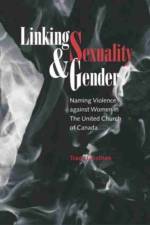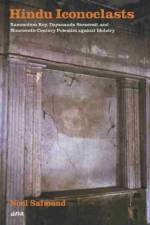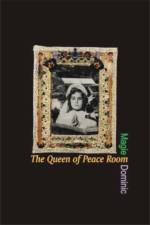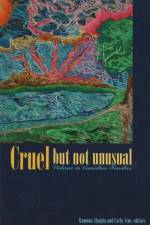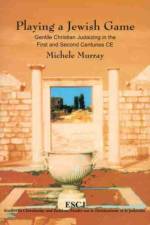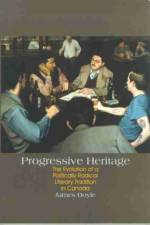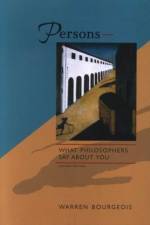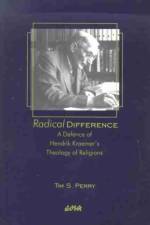- Victorian Matriarch
1 069,-
How did a privileged Victorian matron, newly widowed and newly impoverished, manage to raise and educate her six young children and restore her family to social prominence? Mary Baker McQuesten's personal letters, 155 of which were carefully selected by Mary J. Anderson, tell the story. In her uninhibited style, in letters mostly to her children, Mary Baker McQuesten chronicles her financial struggles and her expectations. The letters reveal her forthright opinions on a broad range of topics - politics, religion, literature, social sciences, and even local gossip. We learn how Mary assessed each of her children's strengths and weaknesses, and directed each of their lives for the good of the family. For example, she sent her daughter Ruby out to teach, so she could send her earnings home to educate Thomas, the son Mary felt was most likely to succeed. And succeed he did, as a lawyer and mpp, helping to build many of Hamilton's and Ontario's highways, bridges, parks, and heritage sites, and in doing so, bringing the family back to social prominence. Mary Baker McQuesten was also president of the Women's Missionary Society. The appearance, manner, and eloquence of various ministers and politicians all come under her uninhibited scrutiny, providing lively insights into the Victorian moral and social motivations of both men and women and about the gender conflicts that occurred both at home and abroad. This book will satisfy many readers. Those interested in the drama of Victorian society will enjoy the images of the stern Presbyterian matriarch, the sacrificed female, family mental illness, the unresolved death of a husband, and the dangers of social stigma. Scholars looking for research material will find an abundance in the letters, well annotated with details of the surrounding political, social, and current events of the times.


